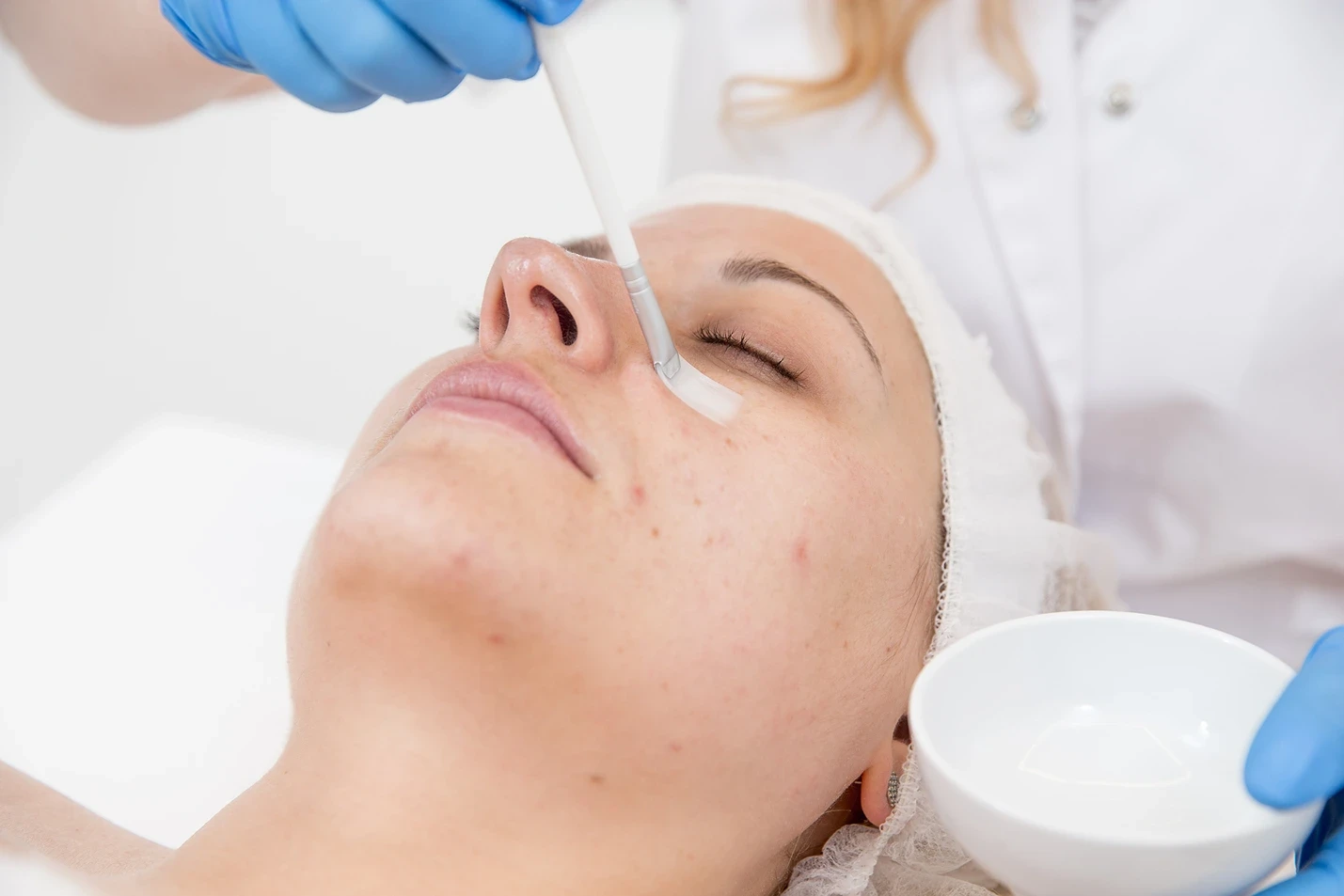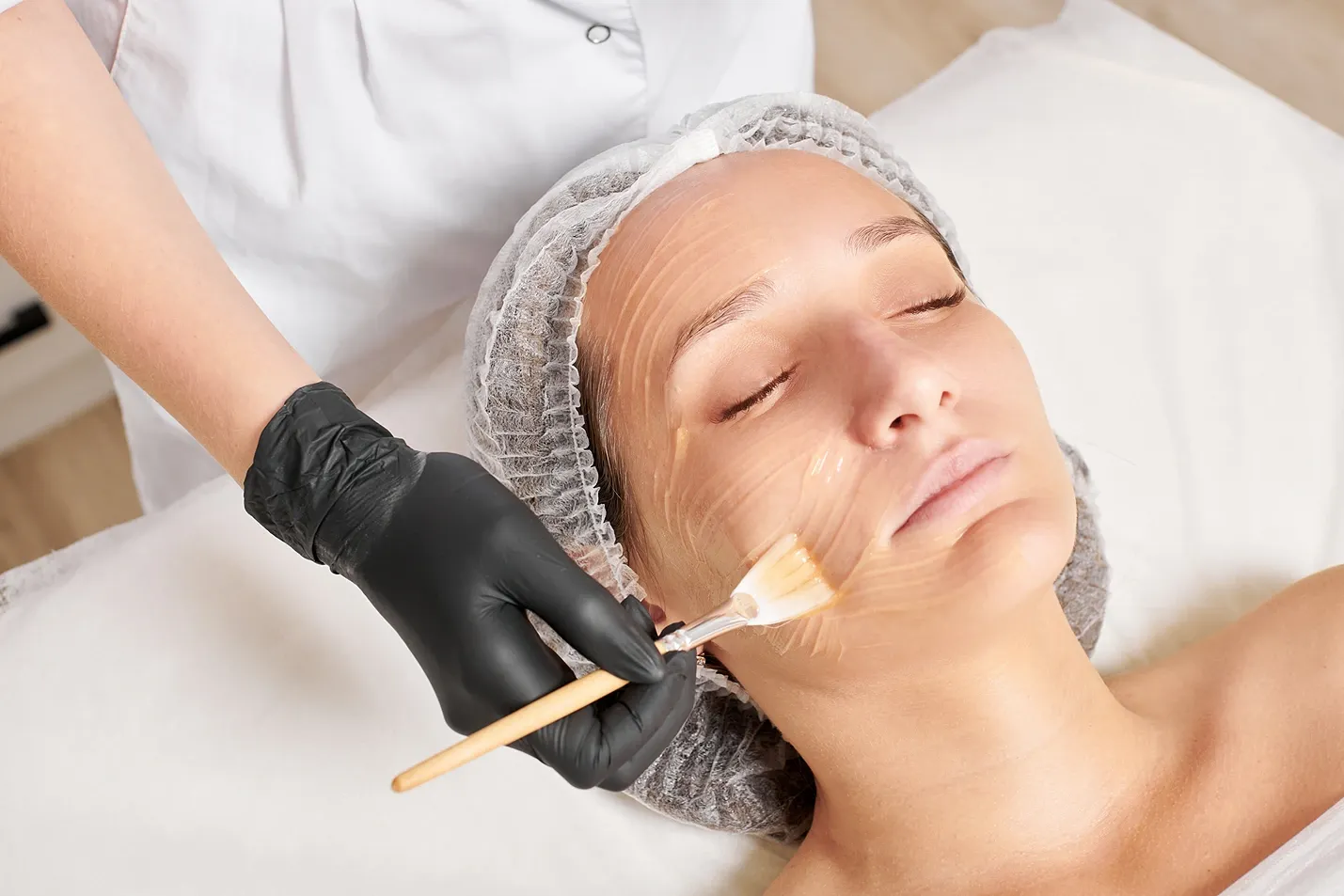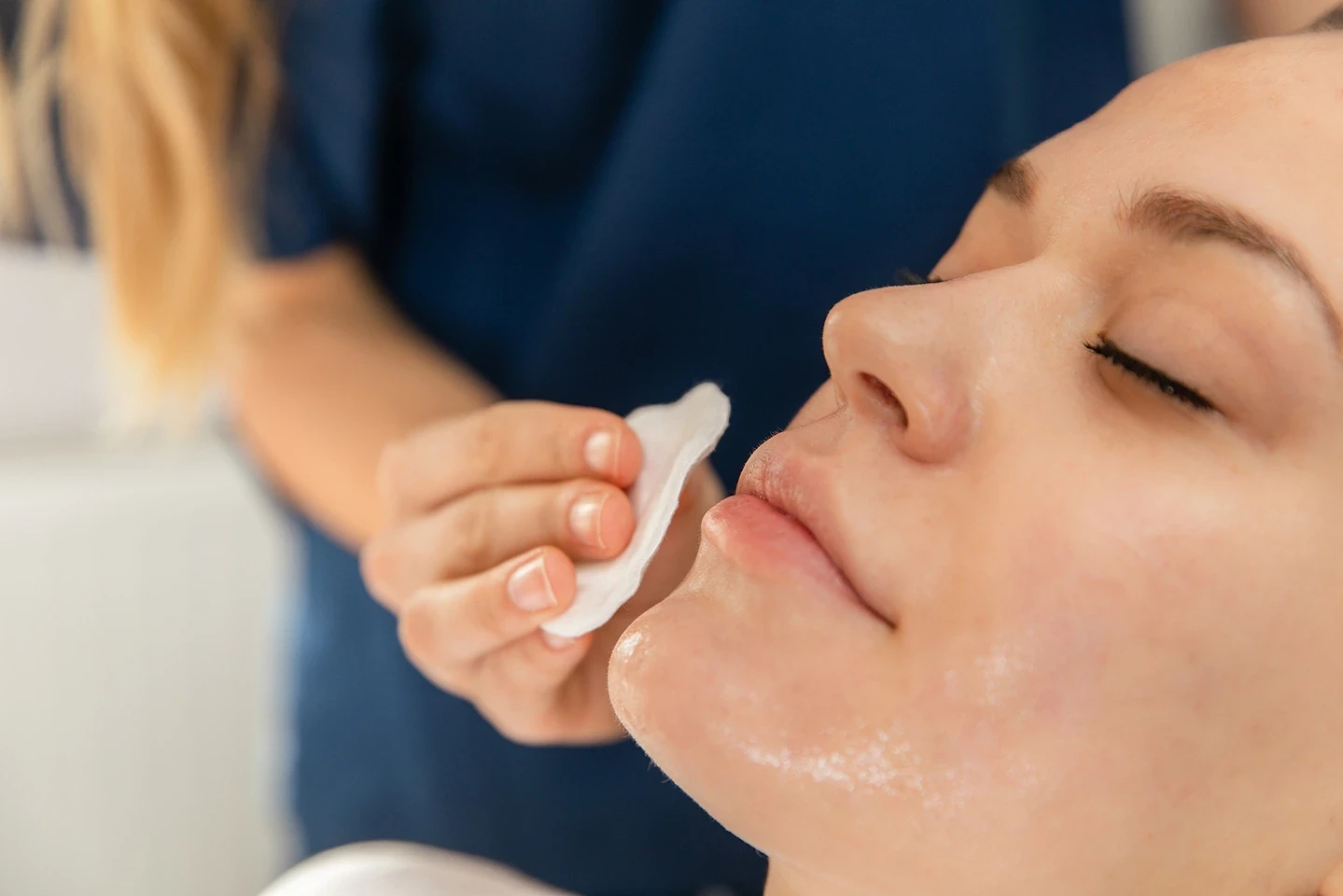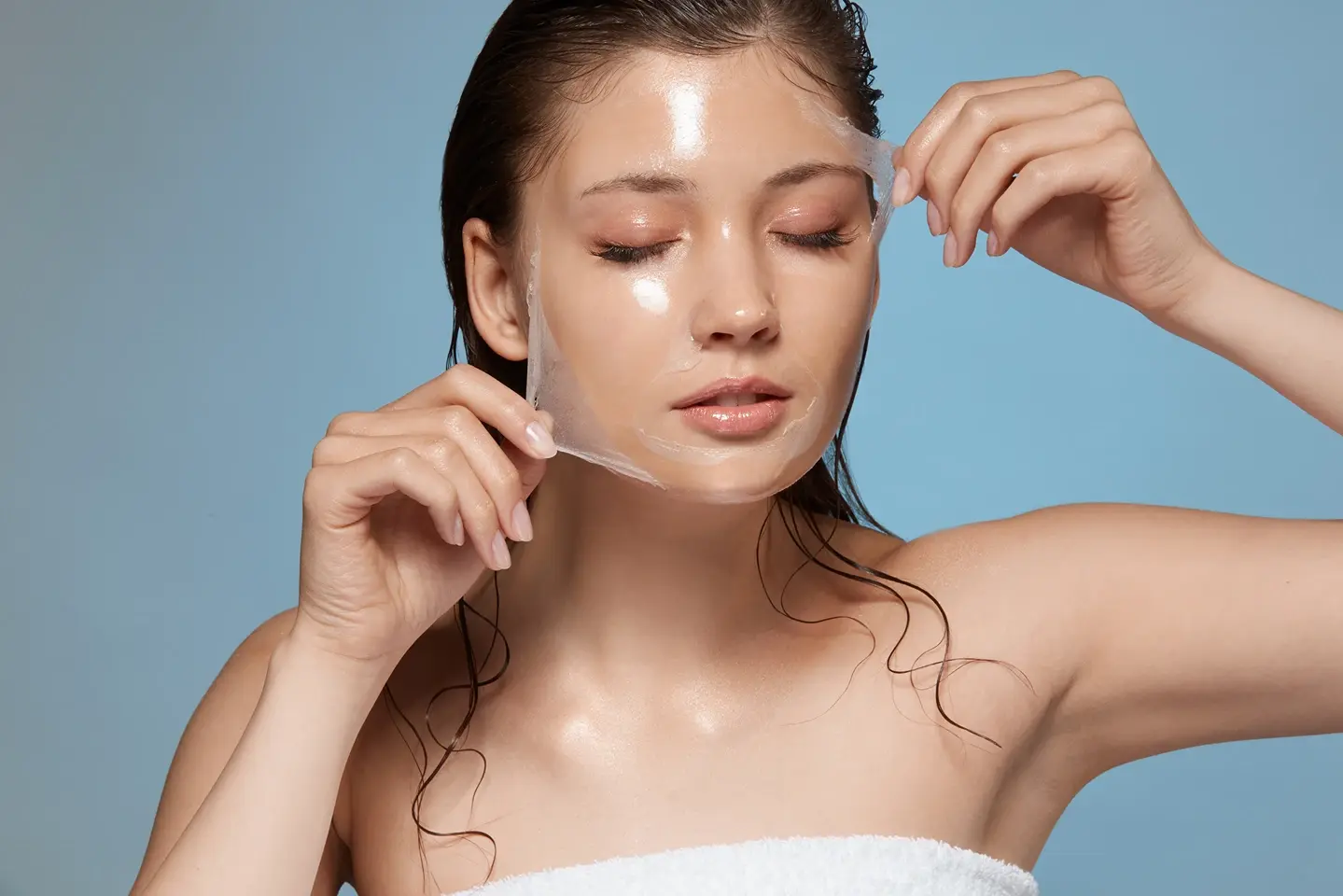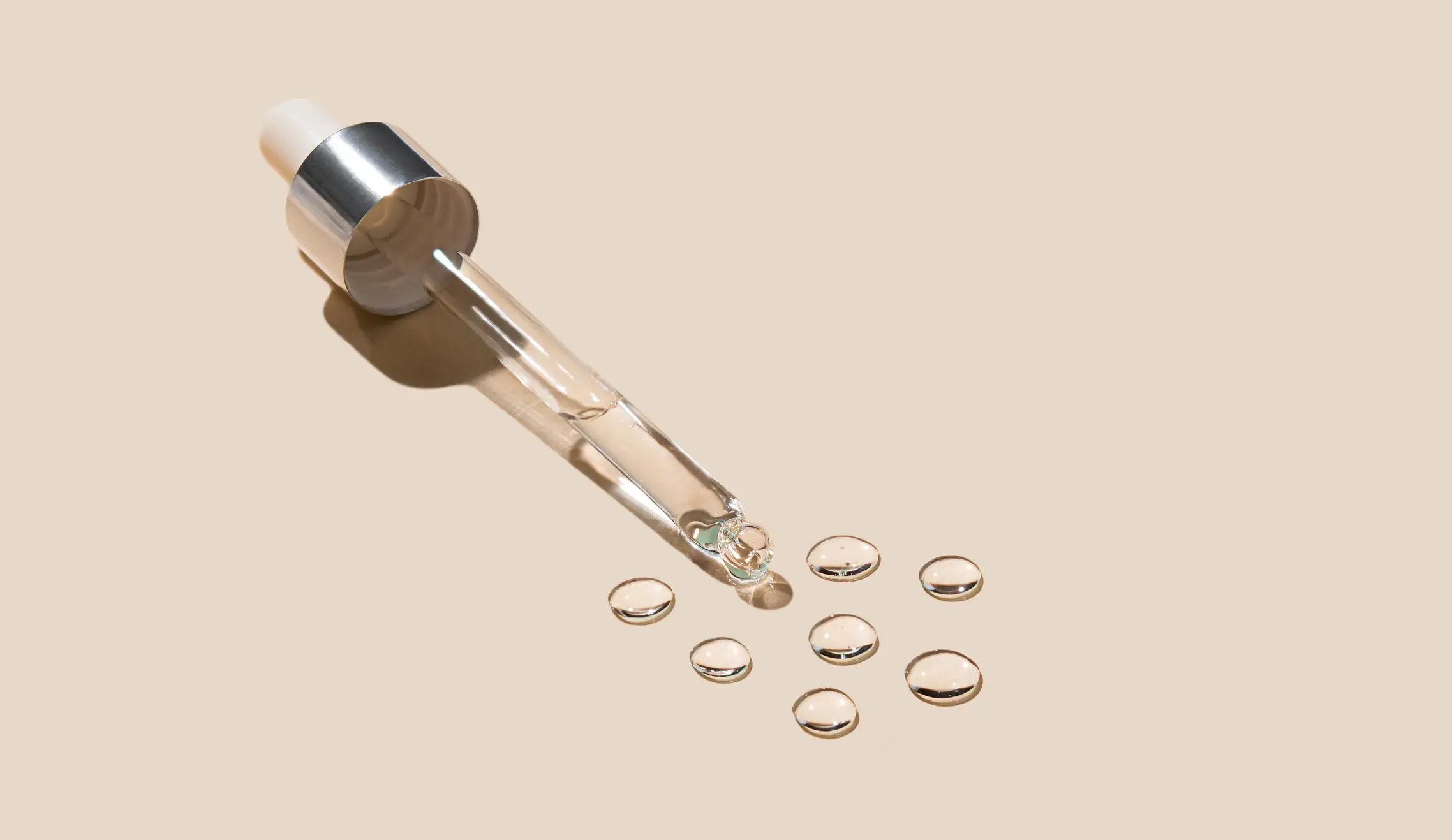Acne scars can be a frustrating and persistent reminder of past breakouts, affecting not only your physical appearance but also your confidence and self-esteem. While there are many treatments available to address acne scars, chemical peels have become increasingly popular in recent years.
Chemical peels can help reduce the appearance of acne scars by removing the damaged outer layers of skin and stimulating collagen production. In this article, we’ll explore the benefits of chemical peels for acne scars and what you can expect from this treatment.
What is a Chemical Peel?
Chemical peels are a cosmetic treatment that can help improve the overall look and texture of the skin by removing dead skin cells and stimulating the production of collagen.
It is a popular choice for treating acne scars as they can help reduce the appearance of atrophic scars, dark spots, and post-inflammatory hyperpigmentation.
They come in various strengths and types depending on the client’s skin type, skin concerns, and the severity of their scarring.
Types of Chemical Peel
Chemical peels are a cosmetic treatment designed to improve the texture and appearance of the skin. There are different types of chemical peels available, each one with its own unique set of benefits and risks. Superficial peels, also known as light peels, are the mildest form of chemical peel and work only on the outermost layer of the skin.
Medium peels penetrate deeper and can treat more severe skin concerns such as acne scarring and age spots.
Finally, deep peels, which use a stronger acid solution to remove the outer layer, are best suited for severe scarring or deep lines and wrinkles.
It is important to consult with a board-certified dermatologist or medical professional to determine the right type of chemical peel for your specific skin concerns and skin type.
Superficial Peels
Superficial chemical peels are a great option for those with sensitive skin types or those who are new to chemical peels. They are a mild and gentle treatment that works by sloughing off the outermost layer of dead skin cells, revealing smoother and brighter skin underneath. Superficial peels are particularly effective at treating minor acne scarring and other skin concerns such as post-inflammatory hyperpigmentation.
One of the most commonly used ingredients in superficial peels is glycolic acid. This alpha-hydroxy acid is very effective at exfoliating the skin and reducing the appearance of post-inflammatory hyperpigmentation, which is often associated with acne scarring. Salicylic and lactic acid are other ingredients that may be included in a superficial peel.
Superficial peels are generally well-tolerated and have little to no downtime, making them a popular choice for those with busy lifestyles. However, it is important to remember that even though they are milder than other types of chemical peels, they should still be performed by a board-certified dermatologist or medical professional.
Medium Peels
Medium peels are a category of chemical peels that are more effective at treating acne scars than superficial peels. As the name suggests, medium peels penetrate deeper into the skin, targeting the outer layer as well as the middle layer of the skin to address deeper scarring concerns.
TCA Cross is a type of medium peel that is often recommended for treating ice pick scarring. This technique involves applying a small amount of trichloroacetic acid (TCA) directly onto each scar, causing controlled damage to the skin cells. This stimulates the skin to produce new collagen, which can help improve the appearance of the scar over time.
Another type of medium peel that may be used to treat acne scars is the phenol peel. This is a much deeper peel that requires close monitoring of the heart during application. It is typically recommended for those with more severe scarring, such as atrophic scars. The results of a phenol peel can be dramatic, but the recovery time is longer than that of a TCA Cross or superficial peel.
The type of chemical peel that is recommended will depend on the depth of the scarring that needs to be treated. A board-certified dermatologist or medical professional can help determine which type of peel is best suited for an individual’s skin concerns.
As technology has advanced, most dermatologists are now turning to other treatments such as lasers and devices to treat scarring. These treatments can offer more targeted and precise results, with less downtime than traditional chemical peels. However, medium peels such as TCA Cross and phenol peels are still effective treatments that can help improve the appearance of acne scars for those seeking a cosmetic solution.
Deep Peels
Deep chemical peels are a more intense category of chemical peels that offer greater levels of skin rejuvenation than superficial and medium peels. These peels are suitable for individuals who have deep lines and wrinkles, extensive sun damage, and deep scars caused by acne or injury.
Unlike superficial and medium peels, which only target the outermost layer of the skin, deep peels remove skin cells from the epidermis and from the mid to lower dermal layer. As a result, deep peels deliver more dramatic results, including the reduction of deep scarring.
However, deep chemical peels require more preparation, and the process can take longer to recover from than other peels. Due to the intense nature of the procedure, the healing time can vary from several weeks to several months.
Individuals undergoing deep peels must also consider the associated risks, such as hypopigmentation and hyperpigmentation. These conditions, where skin pigmentation may lighten or darken, are more common with deep peels than other treatments.
While deep peels are highly recommended for individuals with deep scarring, they are not always appropriate for treating moderate acne scarring unless scarring is quite deep. Acne scars are typically less severe than deep wrinkles and scars caused by trauma and therefore may not warrant the use of such an intense treatment.
Skin Type Considerations
When considering a chemical peel for acne scars, it’s important to take into account your skin type. Different chemical peels may be more suitable for certain skin types, so consulting with a board-certified dermatologist or medical professional is recommended. Individuals with darker skin tones and sensitive skin types require special consideration when selecting a suitable chemical peel.
Darker skin tones are more prone to experiencing post-inflammatory hyperpigmentation (PIH) and hypopigmentation after chemical peel treatments, especially with deeper peels. This is because the melanocytes in darker skin produce more melanin in response to injury, leading to uneven skin tone.
To minimize the risk of these complications, superficial peels, such as lactic acid and glycolic acid peels, are often recommended for individuals with darker skin tones. It’s important to have a consultation with a dermatologist who has experience working with people of color to determine the safest and most effective treatment options.
Darker Skin Tones
When it comes to chemical peels for individuals with darker skin tones, it’s crucial to address specific concerns and take extra precautions to minimize the risk of negative side effects.
Unfortunately, deeper chemical peels that involve trichloroacetic acid (TCA) layers can cause severe and lasting discoloration, scarring, and other adverse reactions in those with darker skin tones. As such, it’s best to avoid deep peels altogether and opt for a safer option.
The most highly recommended method for chemical peels on darker skin tones is to use superficial peels with specific ingredients. Salicylic acid and glycolic acid are effective options for superficial peels that can help improve skin texture, reduce atrophic scars, and minimize hyperpigmentation in individuals with dark skin tones.
However, it’s vital to consult with a board-certified dermatologist or medical professional with experience working with people of color to discuss the best course of action.
Common Ingredients in Chemical Peels for Acne Scarring

Chemical peels are popular cosmetic treatments that work by removing the top layer of dead skin cells from the face, revealing smoother and more youthful-looking skin underneath. One of the most effective and commonly used ingredients in chemical peels for acne scarring is trichloroacetic acid (TCA).
This powerful acid works by penetrating deep into the skin to stimulate collagen production and promote skin cell turnover. Other common ingredients in chemical peels include lactic acid, which is known for its brightening and hydrating properties, salicylic acid, which targets acne-prone skin and clogged pores, and glycolic acid, which works to improve skin texture and reduce the appearance of dark spots.
Other acids and ingredients, such as mandelic acid and retinol, may also be used in chemical peels depending on the specific skin concerns being addressed and the type of peel being performed. Prior to undergoing any cosmetic treatment, it is important to consult with a board-certified dermatologist or other medical professional to determine the best course of action for your individual skin concerns and type.
Trichloroacetic Acid (TCA)
Trichloroacetic Acid (TCA) is a common ingredient in chemical peels that is often used to address acne scars. This acid can be applied as a superficial, medium-depth, or deep peel, depending on the individual’s skin concerns and the severity of the scarring.
When used as a chemical peel, TCA works by coagulating epidermal and dermal proteins, which causes the outer layer of skin to peel away. This process promotes re-epithelialization from surviving islets of keratinocytes and skin appendages, leading to the growth of new, healthier skin cells. TCA is effective in addressing acne scars because it stimulates collagen production and increases the volume of glycosaminoglycans and elastin in the dermis.
The clinical effects of TCA on the skin are numerous, including a reduction in the appearance of acne scars and an increase in skin volume and elasticity. When used as a superficial peel, TCA can provide a fresh and glowing appearance, while medium-depth TCA peels can address deeper scarring. A deep peel with TCA can lead to significant rejuvenation of the skin but requires longer healing times and carries a higher risk of hyperpigmentation.
It is vital to note that TCA and other chemical peels should only be performed by qualified medical professionals to ensure that the treatment is safe and effective. Consulting with a board-certified dermatologist is recommended to discuss the best course of action based on individual skin concerns and skin type. TCA chemical peels can be a powerful tool in addressing acne scars and improving overall skin appearance.
Lactic Acid
Lactic acid is one of the many acids used in chemical peels for treating acne scars. It is a type of alpha hydroxy acid (AHA) that is derived from milk and is commonly found in skincare products. Lactic acid has a unique chemical structure, as it has a larger molecule size than glycolic acid, which is another common acid used in chemical peels.
A pilot study was conducted to examine the effects of a pure, full-strength lactic acid on superficial acne scarring. The study found that lactic acid peel led to significant improvements in skin texture, pigmentation, and pore appearance. Additionally, the peel was well tolerated by participants, who reported no significant pain or discomfort.
Lactic acid is an effective treatment for acne scars because it promotes collagen production and skin renewal. Collagen is a protein that contributes to skin elasticity and firmness, and it is crucial for maintaining youthful, healthy-looking skin. By promoting collagen production, lactic acid helps to improve the overall texture and appearance of the skin.
In addition to promoting collagen production, lactic acid also helps to increase skin renewal by exfoliating the outer layer of dead skin cells. This exfoliation helps to remove acne scars and other imperfections, revealing younger, healthier-looking skin underneath.
Salicylic Acid
Salicylic acid is a popular ingredient used in chemical peels to treat acne scars. It has a number of benefits, including its ability to effectively penetrate the skin’s layers and promote cellular turnover. Salicylic acid is a beta hydroxy acid (BHA) derived from willow bark that is known for its keratolytic and lipophilic properties, making it an excellent comedolytic agent for treating acne.
Salicylic acid’s keratolytic properties mean that it can dissolve the bonds between skin cells, allowing them to slough off easily. This exfoliation helps to unclog pores and prevent new blemishes from forming. The lipophilic properties of salicylic acid allow it to penetrate deep into the pores, where it can dissolve excess oil and debris.
Salicylic acid is also anti-inflammatory. It helps to reduce facial erythema (redness) associated with acne and other inflammatory skin conditions. One of the benefits of using salicylic acid for chemical peels is that it rarely causes salicylism, a rare and potentially harmful condition associated with systemic exposure to salicylic acid.
Salicylic acid is a cost-effective and easy-to-use ingredient, with the added benefit of being self-neutralizing. This means that it requires no special preparation or neutralization, unlike other chemical peels which may require post-peel neutralization or a recovery period. Salicylic acid is available in various strengths and formulations, allowing it to be tailored to individual skin types and concerns.
Another added benefit of salicylic acid is its lightening effect on post-inflammatory pigmentation resulting from acne. This helps to improve overall skin tone and reduce the appearance of acne scars.
Glycolic Acid
Glycolic acid is a popular ingredient in chemical peels intended to treat acne scarring. It is an alpha-hydroxy acid (AHA) derived from sugar cane and has a small molecular size, which allows it to penetrate the skin deeply. This results in a significant improvement in skin texture, reducing the appearance of atrophic scars and acne pits.
It also promotes neocollagenesis, which means the production of new collagen. Collagen is an essential component of healthy skin, responsible for its elasticity and plump, youthful appearance. As collagen production decreases with age, glycolic acid peels are a great way to stimulate its renewal, reducing the appearance of fine lines and wrinkles in addition to the treatment of acne scars.
Furthermore, glycolic acid can improve pigmentation caused by acne. Post-inflammatory hyperpigmentation resulting from acne can be stubborn to treat and can persist for months or even years. Glycolic acid accelerates skin cell turnover and reduces the production of melanin, helping to even out skin tone and fade dark spots.
Glycolic acid works well with other ingredients used in chemical peels, such as salicylic acid and lactic acid. These ingredients complement glycolic acid’s exfoliating properties and can provide additional benefits, such as reducing inflammation and further improving skin texture.
Glycolic acid is suitable for most skin types, including sensitive skin. The strength of the peel can be adjusted to ensure that it is appropriate for a particular skin type. It is important to note that deeper glycolic acid peels may require some downtime and can cause temporary redness, flaking, and peeling.
This type of acid peel also works best when used in conjunction with other cosmetic treatments such as microneedling or laser resurfacing. These treatments can increase the effectiveness of glycolic acid peels by promoting further collagen production and skin cell renewal. A board-certified dermatologist or other medical professional can help determine the best approach for a particular individual’s skin concerns.
Other Acids/Ingredients Used in Chemical Peels
Besides glycolic acid, there are other acids and ingredients commonly used in chemical peels that can enhance effectiveness for treating acne scarring. These additional acids and botanical extracts can assist in exfoliating dead skin cells, reducing inflammation, and promoting new skin cell growth.
One popular example of a chemical peel that uses multiple acids is the Jessner’s peel. This peel is composed of a solution of 14% each of salicylic acid, lactic acid, and resorcinol. Salicylic acid penetrates deep into the pores and has antibacterial properties, making it effective for treating acne-prone skin.
Lactic acid, another alpha-hydroxy acid, works on the outermost layer of the skin to slough off dead skin cells and improve texture. Meanwhile, resorcinol is a phenol that helps to break down damaged skin cells, reducing the appearance of scars.
Mandelic acid is another ingredient commonly used in chemical peels for acne-prone skin due to its anti-bacterial properties. It is a type of alpha-hydroxy acid and has a larger molecular size than glycolic acid, making it less irritating. Mandelic acid is unique in that it can penetrate the skin slowly, providing a gentler exfoliation while still effectively reducing the appearance of acne scars.
Retinoids and peptides are also used in chemical peels to stimulate collagen production and help rebuild damaged skin. Retinoids, derived from vitamin A, are a powerful tool for reducing pigmentation and fine lines, as well as promoting collagen synthesis. Peptides are short chains of amino acids that can penetrate the skin and signal it to produce new collagen, improving the appearance of scars.
Chemical Peel Solutions at CosMedic LaserMD
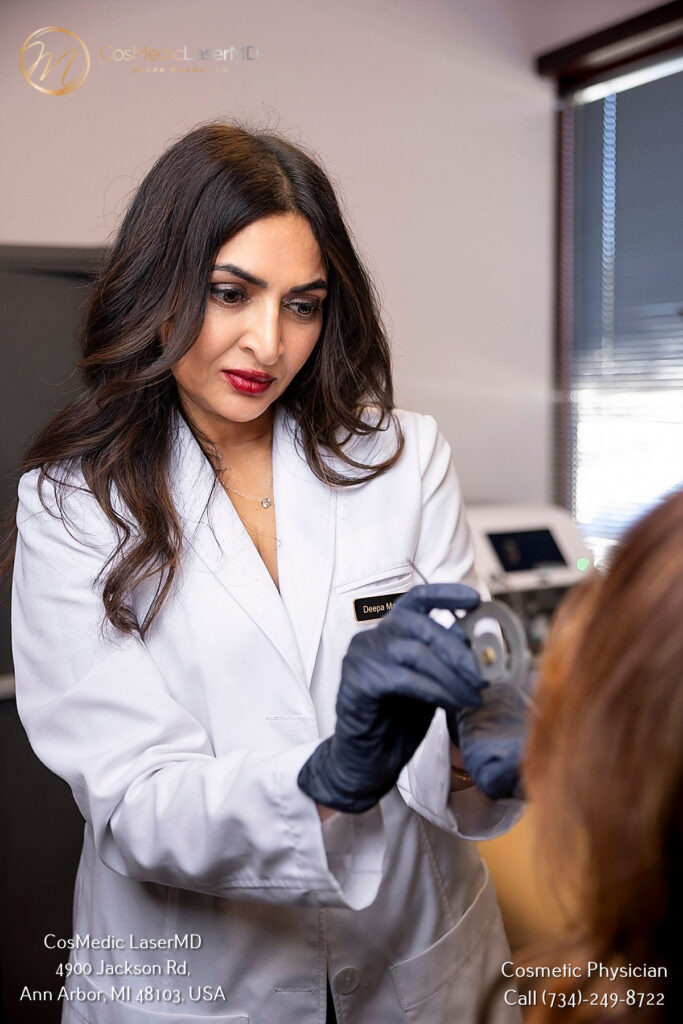
Chemical peels offer a safe and effective solution for treating acne scars. By removing the damaged outer layers of skin and stimulating collagen production, chemical peels can help improve the appearance of acne scars and give you a smoother, more even complexion.
While it is important to work with a qualified professional to ensure the treatment is performed safely and effectively, the benefits of a chemical peel for acne scars can be life-changing. If you’re struggling with acne scars, consider exploring the option of a chemical peel and take the first step towards a more confident, radiant you.
Contact CosMedic LaserMD today to learn more about chemical peels and how it can help you.


